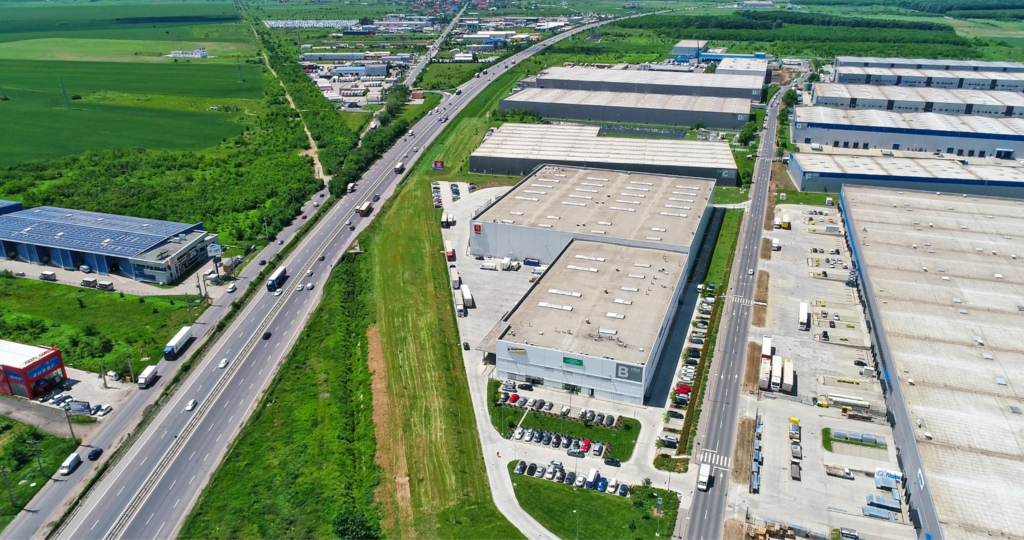
The growing demand for sustainable solutions in industrial development has led to the rise of green, eco-friendly industrial parks. Energy efficiency and sustainability are two key factors for their success. Integrating various energy resources and adopting innovative strategies in these parks can help reduce carbon emissions, improve efficiency, and promote long-term viability. In this article, we will explore energy integration strategies that can transform industrial parks into sustainable hubs.
Table of Contents
1. Understanding the Need for Energy Integration in Industrial Parks
Industrial parks are typically home to a variety of industries, each with its own energy demands. Traditional energy consumption methods in such settings can lead to inefficiencies, high costs, and environmental damage. Integrating energy solutions within these parks is essential to reduce reliance on non-renewable sources, manage energy distribution effectively, and meet global sustainability goals.
Energy integration goes beyond merely using renewable energy; it focuses on creating a balanced energy ecosystem. This involves combining different energy sources, optimizing consumption, and implementing smart technologies to monitor and control energy use efficiently.
2. Key Energy Integration Strategies
There are several strategies to achieve energy integration in industrial parks. Each approach can be customized based on the park’s specific energy needs, location, and type of industries it hosts.
a. On-site Renewable Energy Generation
The first step toward energy integration is investing in on-site renewable energy sources like solar panels, wind turbines, or biomass energy systems. These energy sources reduce dependence on fossil fuels and create a more resilient energy infrastructure. Solar panels and wind turbines are particularly effective in industrial parks located in areas with abundant sunlight or wind resources.
The availability of on-site renewable energy generation helps create a self-sustaining model, where industries within the park can use locally produced energy, reducing transmission losses and overall costs.
b. Energy Storage Solutions
Solar and wind power are not always available when needed. To address this, integrating energy storage systems, such as advanced battery technologies, is crucial. Energy storage allows industrial parks to store excess energy generated during peak production periods and use it when renewable sources are unavailable.
Energy storage systems also play a significant role in stabilizing the energy grid within the industrial park, helping to maintain a consistent power supply and avoid costly downtimes.
c. Combined Heat and Power (CHP) Systems
Combined Heat and Power (CHP) systems offer a dual approach to energy efficiency by generating electricity and utilizing the excess heat produced during this process for heating purposes. CHP systems can be integrated within industrial parks to provide heating for manufacturing processes or to maintain comfortable temperatures in office buildings.
By maximizing energy use, CHP systems significantly reduce waste and increase overall efficiency. Industrial parks can lower both operational costs and environmental impact by adopting this strategy.
d. Smart Energy Management Systems
A smart energy management system is crucial for optimizing energy use in sustainable industrial parks. These systems monitor energy consumption, predict energy needs, and automate the distribution of energy resources to different parts of the industrial park. With the help of real-time data, smart energy management systems can reduce energy waste, improve efficiency, and lower costs.
Moreover, by integrating these systems with artificial intelligence (AI) and Internet of Things (IoT) technologies, industrial parks can make data-driven decisions about energy consumption and adjust strategies dynamically to meet evolving demands.
3. Creating an Energy Sharing Network
An energy sharing network within an industrial park allows industries to exchange excess energy. When one facility generates more energy than it needs, this surplus can be redirected to another facility that requires it. This kind of energy symbiosis ensures optimal use of energy resources across the park.
Energy sharing not only increases efficiency but also reduces the need for external energy sources, lowering the park’s overall environmental footprint. It encourages a more collaborative approach to energy consumption among industries, fostering a sense of community and shared responsibility.
4. Distributed Energy Resources in Sustainable Industrial Parks
Industrial parks are now incorporating distributed energy resources to diversify their energy portfolios and increase reliability. These resources help balance energy loads and ensure that energy is available at the right time and in the right quantity. By decentralizing energy production, distributed resources reduce transmission losses and make energy management more flexible.
5. Leveraging Waste-to-Energy Systems
Waste-to-energy systems provide another valuable strategy for energy integration in industrial parks. By converting industrial waste into energy, these systems help reduce waste disposal needs and provide an additional energy source. Waste-to-energy can be particularly useful in industrial parks with manufacturing processes that produce a significant amount of waste.
This strategy also contributes to a circular economy model, where waste is minimized, and resources are reused, aligning with global sustainability efforts.
6. Collaborating with Utilities and Government Initiatives
Collaboration with local utilities and government agencies is essential for successful energy integration in industrial parks. Utilities can provide the infrastructure needed to support renewable energy adoption and storage systems, while government initiatives can offer financial incentives, grants, or regulatory support for green energy projects.
In addition, governments may introduce policies that encourage the development of sustainable industrial parks, creating a more favorable environment for energy integration and innovation.
7. Future Prospects for Sustainable Industrial Parks
The future of sustainable industrial parks lies in the continual integration of advanced technologies and innovative energy solutions. As new energy systems, such as hydrogen fuel cells or carbon capture technologies, become more accessible, industrial parks will further reduce their environmental impact while improving efficiency.
By adopting a comprehensive approach to energy integration, industrial parks can achieve energy self-sufficiency, reduce emissions, and contribute to a sustainable future for the global industrial sector.
Conclusion
Energy integration is critical for the sustainability of industrial parks. By implementing a range of strategies—from renewable energy generation and smart management systems to waste-to-energy solutions—industrial parks can reduce their environmental footprint, improve energy efficiency, and foster a collaborative approach to energy use. These strategies pave the way for greener, more sustainable industrial development in the years to come.

